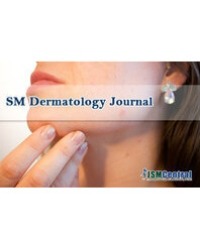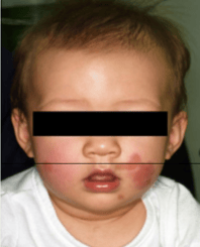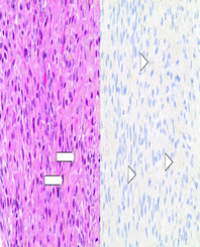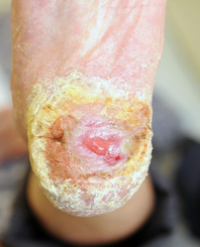
Sexual Therapy in Psoriasis? Is It Necessary?
Psoriasis is one of the most common a chronic inflammatory skin disease which could be associated with numerous sexual dysfunctions. According to this, the aim of this study was the analysis of sexual problems in patients with psoriasis. To be included in the review, a study had to: (i) Human data; (ii) concerned patients’ sexual problems in psoriasis; (iii) be published in an English-language journal. Studies were identified through online database searches of PUBMED, MEDLINE, Web of Knowledge (2000-2016), in all analyzed publications, researcher stressed that there was a strong relationship between psoriasis and human sexual functioning. Moreover, sexual impairment in psoriasis patients occurs in all components of the sexual response such as: sexual interest; excitation; orgasm; and erection (only in males case), as well as global sexual satisfaction. Moreover, the prevalence of sexual dysfunction was significant higher than in controls. What is interesting, the large majority of analyzed publications were focused on male patients with psoriasis. All reported publication about sexual problems in psoriasis was focused on adult patients. There were no publications in context of adolescents. The main conclusion of this paper is fact that, in dermatology, doctor needs to pay special attention to the prevention of the sexual dysfunction development in patients with skin disorders. Currently, there is no specific sexual therapy for patients with psoriasis, which would prevent the development of sexual dysfunction. This suggests the need to develop adequate interventions forms which are aimed at supporting the patients’ psychosexual development on the one hand, and prevent the development of sexual dysfunction in psoriasis on the other hand.
Mariusz Jaworski*




